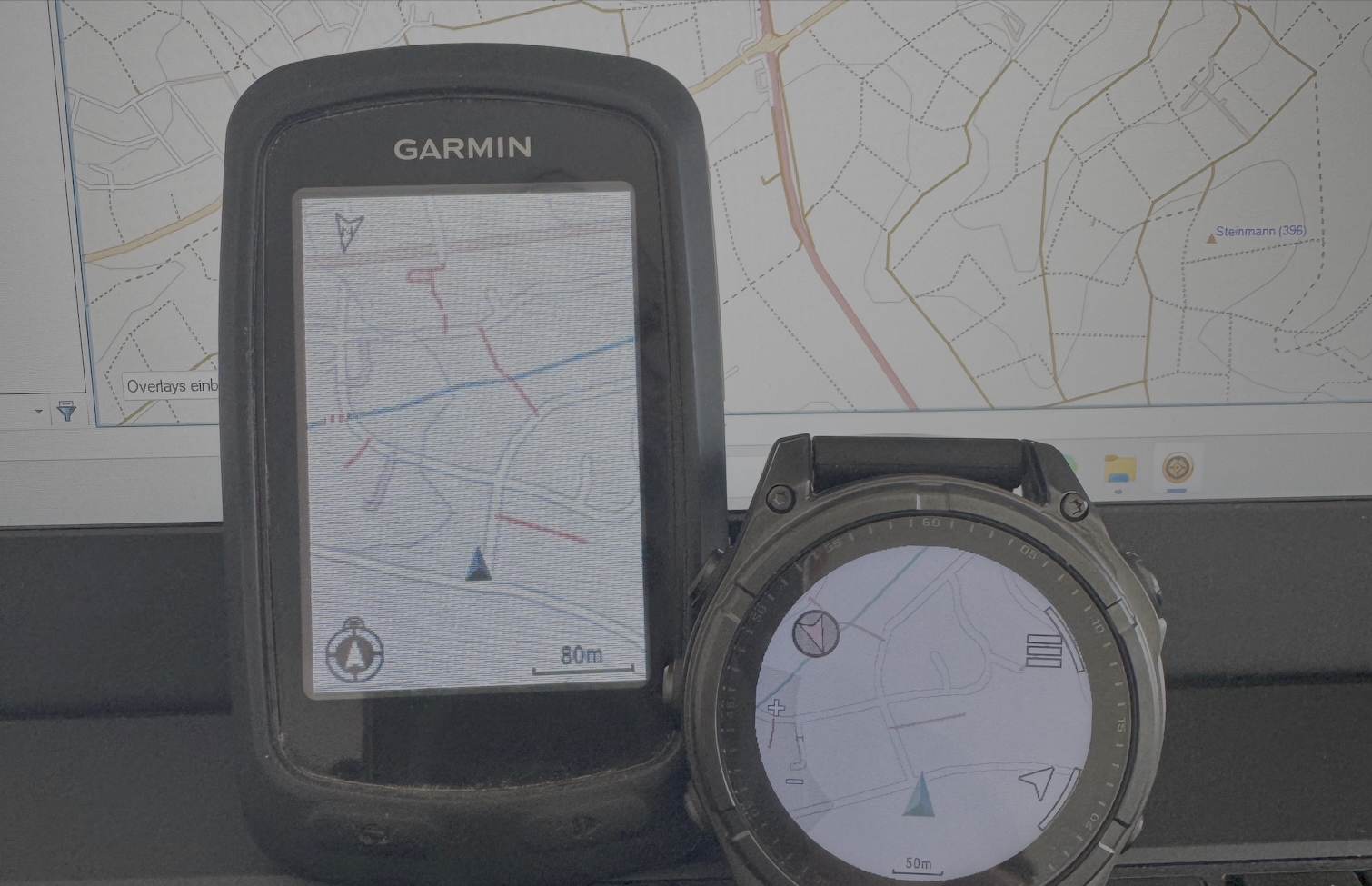Tag: maps
-

Building My Own Garmin™ Maps for Outdoor Activities Based on OpenStreetMap Data
For many years, I’ve used pre-made Garmin maps from the internet on my devices while hiking, running, or mountain biking. These maps have always been based on data from the OpenStreetMap (OSM) project. In the early days, a map of Europe was just a few hundred megabytes in size and usually fit comfortably on the…
-
Your Explored OSM World
Gregory Marler had the great idea to implement an “explored” map, based on a concept that some of you might know as “fog of war” from strategy video games. So here you go …
-
The OpenStreetMap Contributors Map aka Who’s around me?
The wait is over! As I mentioned in December, I have been working on an interactive online map, which shows you all volunteers of the OpenStreetMap world on a map. The first three layers contain …
-
Distribution of Active Users in OpenStreetMap – Oct-Nov 2012
Two years ago, we created some maps which showed you the number of users per country for a timeframe of one month. Maybe some of you remember that the highest concentration of active contributors in relation to the countries’ population …
-
I Like OpenStreetMap (OpenLayers Plugin)
A few months ago, Frederik Ramm posted an idea on the German OpenStreetMap mailing list about a new (stochastic) approach to OSM data quality assurance. His idea was to create a way to allow users to “like” or “dislike” a specific region on the OSM map …
-
OSM-“User”-WorldmapS
In the last post “current” OSM user activities per day, week and month were shown. The table providing the information of Users per Country was limited to the “TOP 16” and just a short timeframe. The following world map shows the amount of users per country for one month i.e. 10.05-10.06.2010 However, since this first…